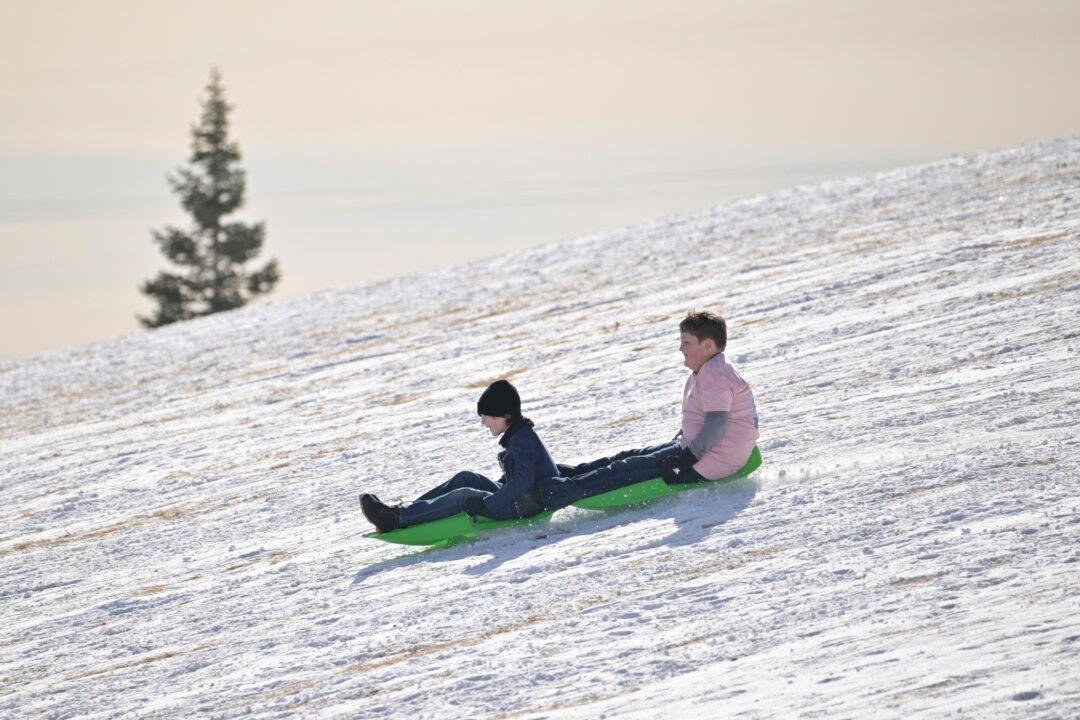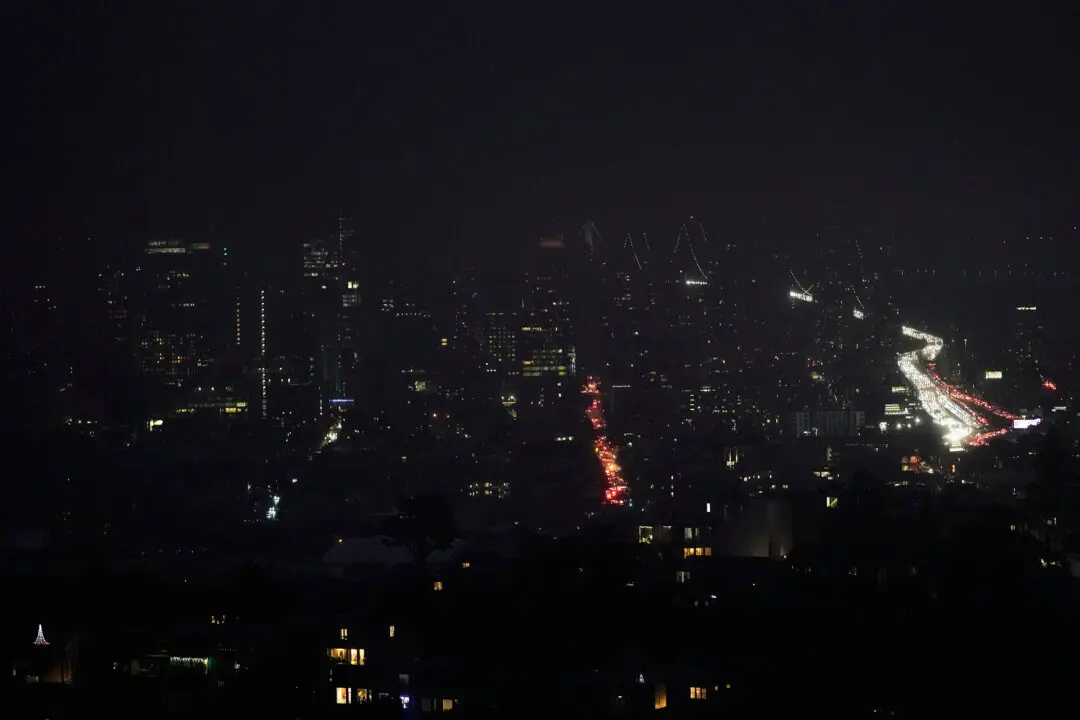HOUSTON—The arctic blast of winter weather that is gripping much of the U.S. this week is also bringing with it various hazards that people have to contend with to keep warm and safe.
These dangers can include carbon monoxide poisoning, hypothermia and frozen pipes that can burst and make homes unlivable.





